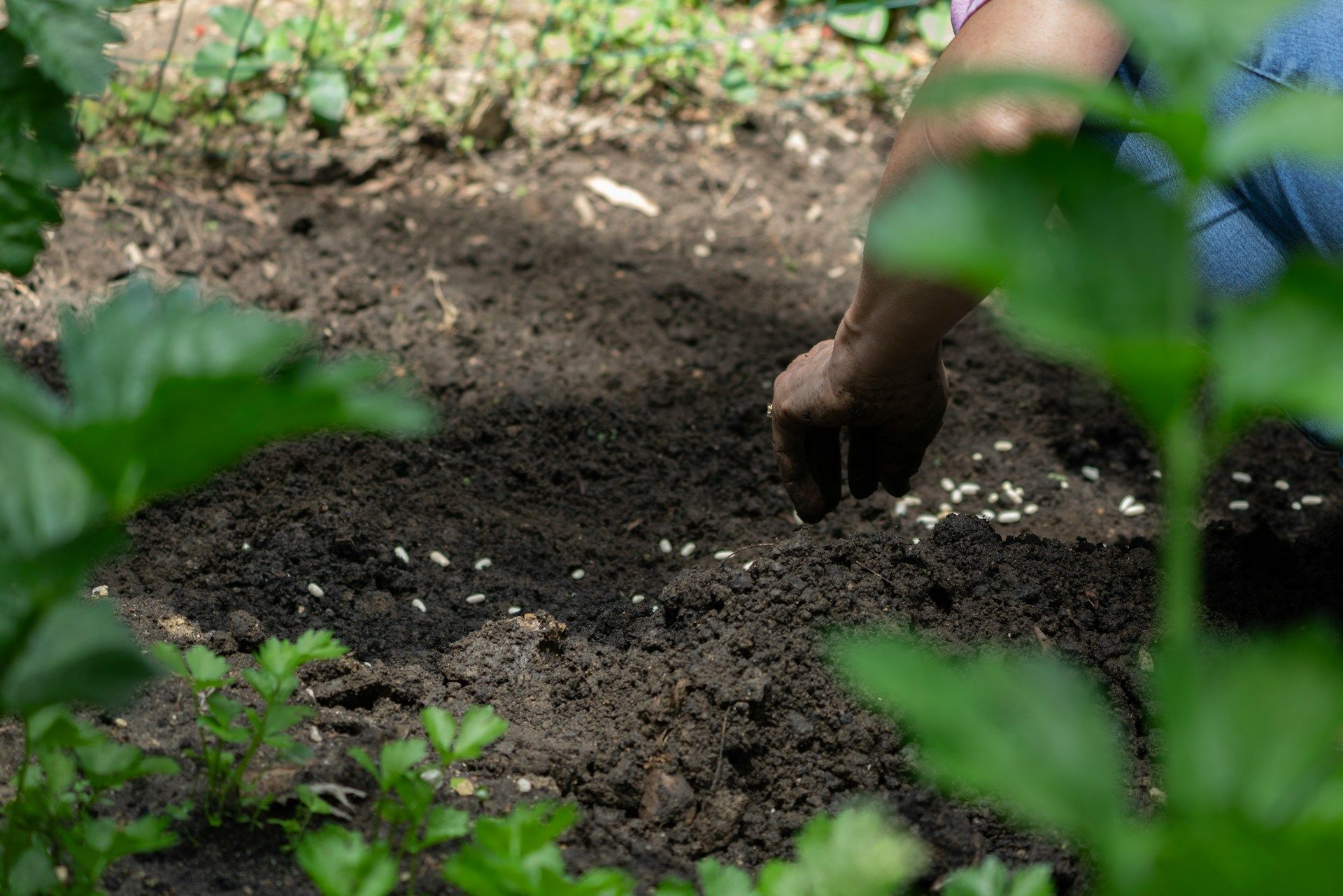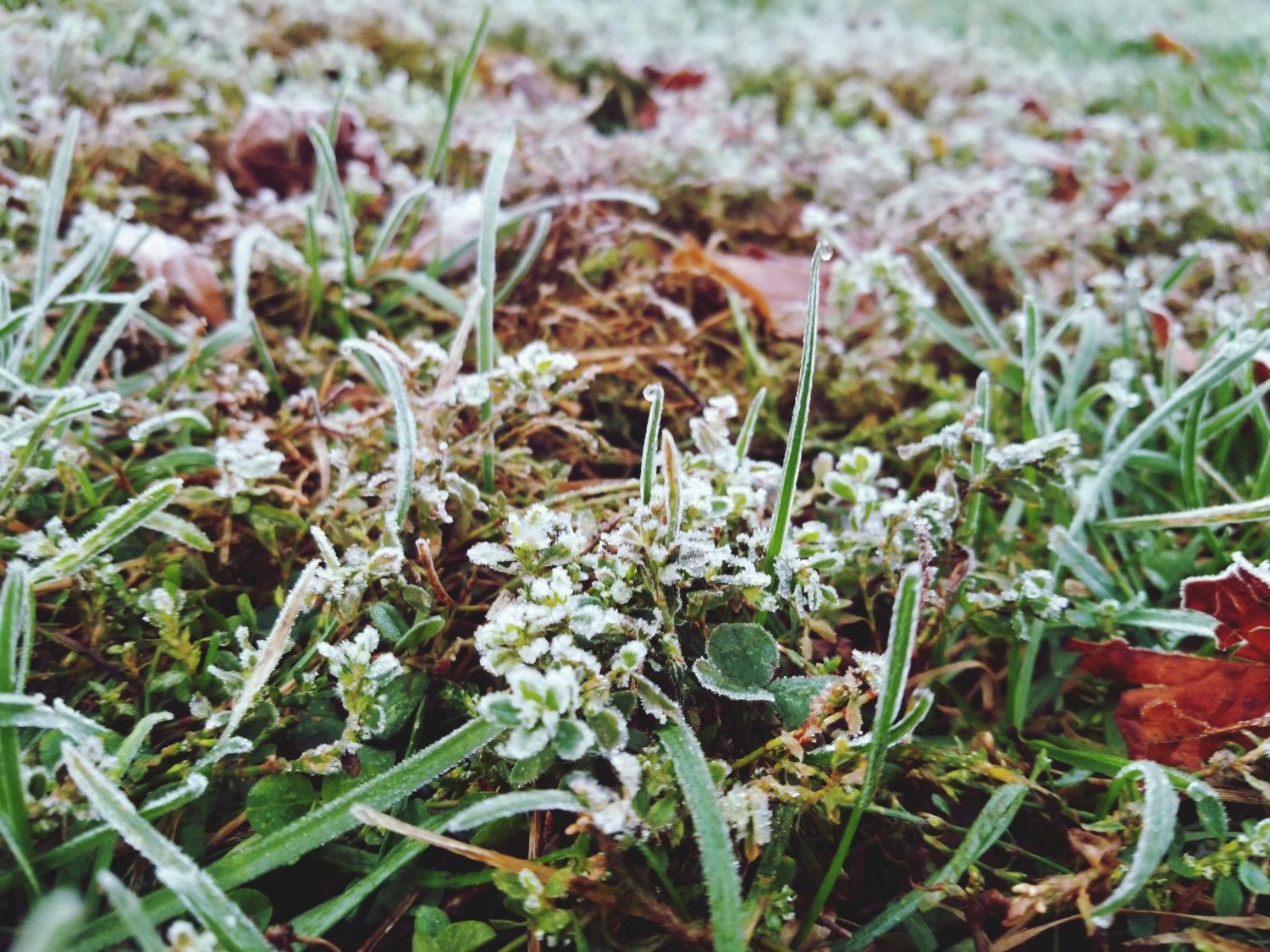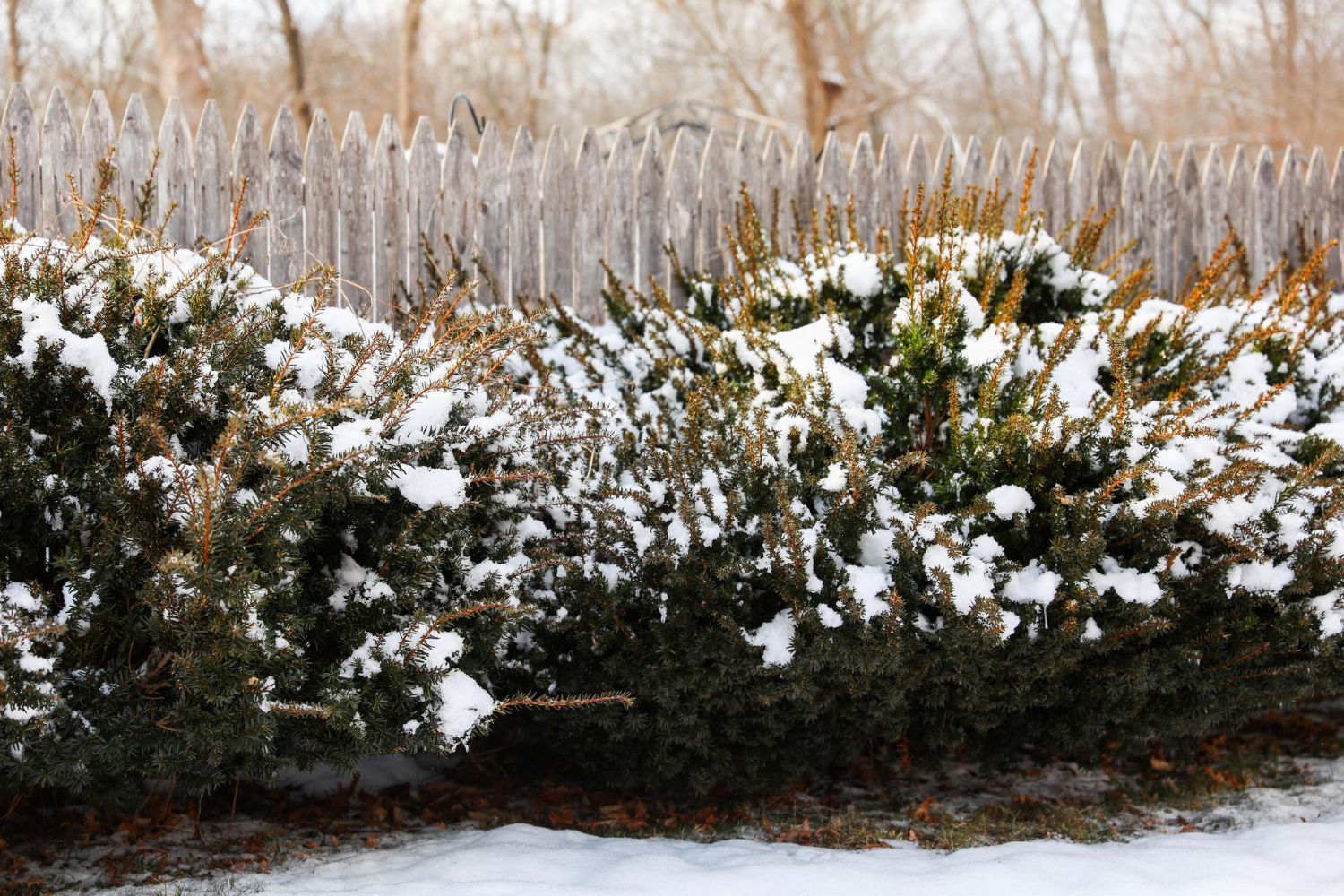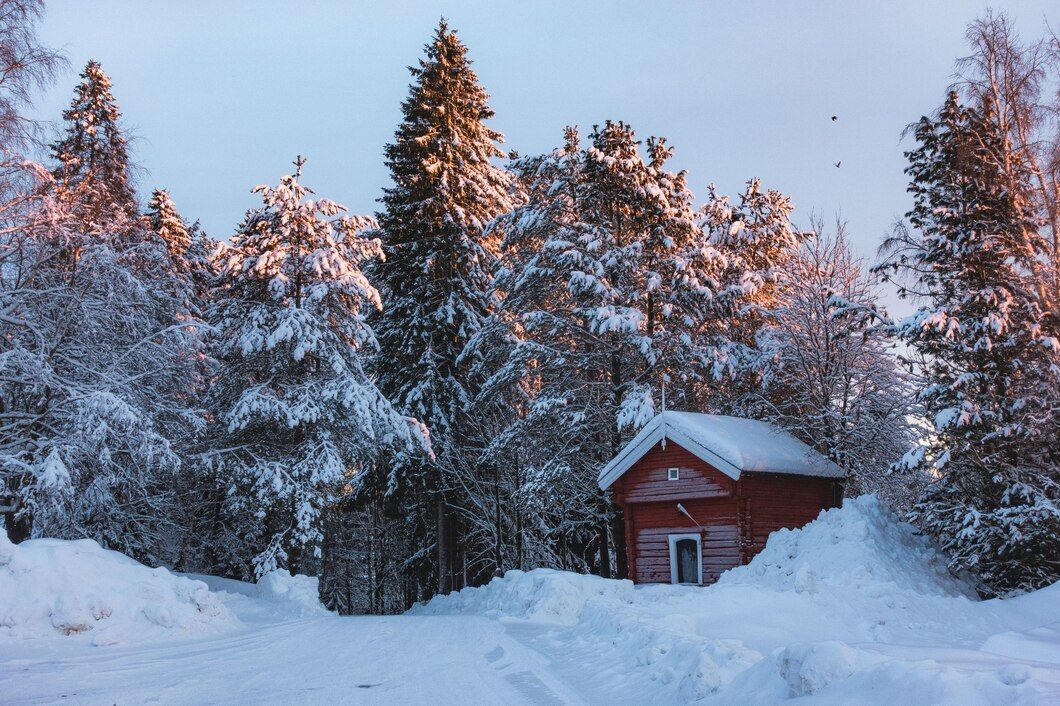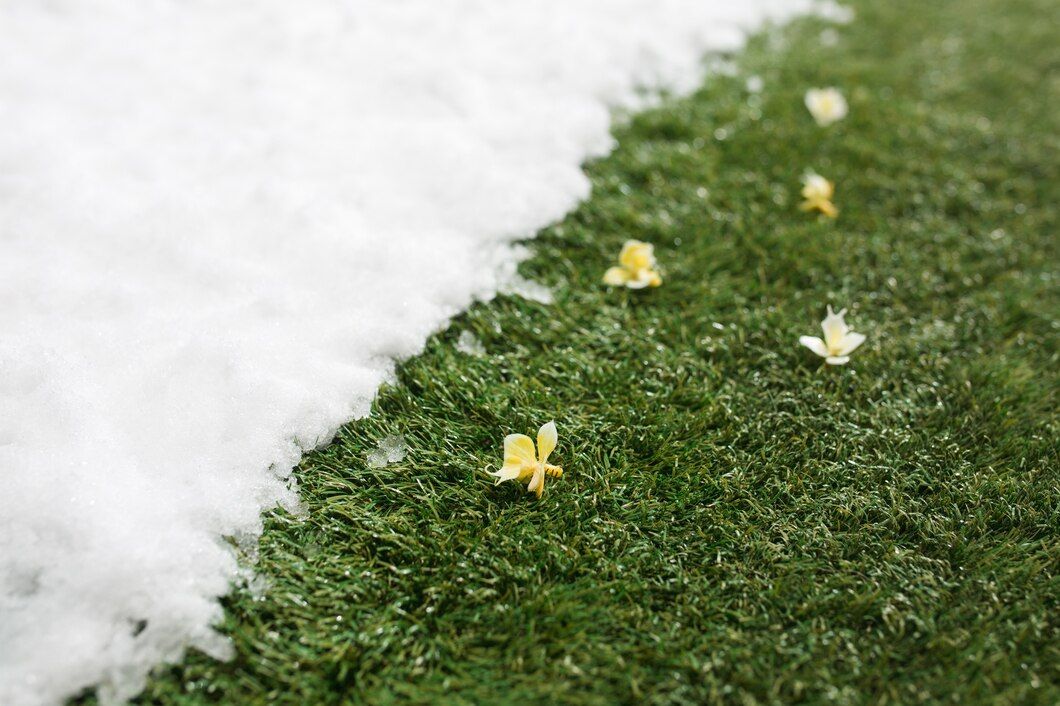Get Your Free Instant Online Quote Here
What Our Customers Are Saying

🟊🟊🟊🟊🟊
"Great service and fertilizer weed guys know what they're doing, very experienced! The best!"
Dan R.
East Brunswick

🟊🟊🟊🟊🟊
"Once I signed up for the mosquito preventative application, my family and I have been able to relax on our back deck for the first time in years."
Scott B.
Old Bridge
Button
🟊🟊🟊🟊🟊
"Got a prompt accurate quote, all details concerning pricing and treatment applications were expertly explained. Their program looks to me as a good value. My first treatment went exactly as they said it would."
Frank A.
Marlboro
🟊🟊🟊🟊🟊
🟊🟊🟊🟊🟊
"Great company with excellent service and lightning quick communication. Technologically ahead of the competition and professionally run."
Chris N.
East Brunswick
Button
🟊🟊🟊🟊🟊
"Healthy Lawn is a fantastic company! My lawn and landscaping look amazing. They have great customer service with knowledgeable and friendly employees. I would definitely recommend them."
Samantha L.
Matawan
Button
Essential Winter Mulching Tips for a Thriving, Healthy Garden
Winter can challenge even the most robust gardens, with cold winds and temperature swings threatening plants and soil. Mulching is a simple yet effective strategy to protect your garden during these chilly months. Far from being just a spring ritual, mulching in winter insulates the ground and safeguards your plants against the harsh elements, helping ensure a thriving garden come springtime.
By applying mulch, you create a barrier that keeps soil temperatures stable and decreases the likelihood of frost damage. This layer acts like a warm blanket for your plants, allowing them to rest easy through winter, preserving moisture, and preventing soil erosion from winter winds and rain.
Choosing the right mulch and applying it correctly can make a big difference in your garden's winter health. Whether you're using organic or inorganic materials, knowing how to maintain and adjust mulch throughout the cold season ensures your garden receives the protection it needs. With a little preparation and care, mulching can significantly enhance your garden's resilience and beauty, no matter how frosty it gets outside.
Benefits of Winter Mulching
Winter mulching offers several advantages that help your garden withstand cold weather. One key benefit is protecting soil and roots from temperature fluctuations. As temperatures drop, the ground can freeze and thaw repeatedly, which can damage plant roots. Mulch acts as an insulating layer, keeping soil temperatures more consistent and reducing stress on your plants.
Another significant benefit of mulching is moisture conservation. Cold winter winds and dry air can rapidly deplete moisture from the soil, but a layer of mulch preserves the existing water content. By keeping the soil moist, mulch supports the health of roots and helps perennials and shrubs transition into spring with less stress.
Mulching also plays a vital role in preventing soil erosion. Winter storms with heavy rains or melting snow can wash away topsoil, stripping your garden of essential nutrients. Mulch holds the soil in place, minimizing erosion and maintaining soil fertility.
Understanding these benefits helps you see mulching as a necessary step in winter garden care. With protection against temperature swings, moisture loss, and soil erosion, your plants can stay healthier throughout the colder months.
Choosing the Right Mulch Materials
Choosing the right mulch material is crucial for effective winter mulching. Two main categories are organic and inorganic mulches, each with its advantages. Organic mulches like wood chips, straw, and leaves decompose over time, enriching the soil with nutrients. They are ideal for flower beds, vegetable gardens, and around trees and shrubs, providing both protection and soil improvement.
Inorganic mulches, such as gravel, stones, or landscape fabric, don't break down and therefore don't add nutrients. These materials are excellent for controlling weeds and are best used in areas where long-term coverage is desired, such as pathways or decorative garden sections.
Selecting the best type of mulch depends on the specific needs of your garden. For most garden beds, organic mulch is preferred because of its dual role in protecting and enriching the soil. However, when weed control is a priority or when aesthetics require a particular look, inorganic options may be more suitable.
Matching mulch types to different plants and garden areas ensures optimal performance. By considering factors like plant type, garden location, and desired outcome, you can choose mulching materials that best suit each part of your garden.
Proper Mulching Techniques
Implementing proper mulching techniques is essential to achieve the benefits you've set out for your garden during the winter. Begin with a step-by-step guide to ensure effective mulching:
1. Prepare the Area: Clear away fallen leaves and debris from your garden beds. Ensuring a clean surface allows for even application and reduces the risk of pest issues.
2. Apply the Mulch: Spread a layer of mulch about 2 to 4 inches deep around your plants. Too little may not provide adequate protection, while too much can suffocate the roots.
3. Leave Space for Airflow: Keep the mulch a few inches away from the base of trees and plant stems. This prevents unwanted moisture build-up, which can lead to rot.
Avoid common mulching mistakes such as mulching too early, which can insulate warmth and delay plant dormancy, or using materials that could bring unwanted pests. Over-mulching can create excessive thick layers, leading to restricted growth and air supply. By following these techniques, you'll create an environment that promotes growth and health despite the chill of winter.
Maintaining Mulch During Winter
Once you've laid down your mulch, maintaining it throughout the winter ensures ongoing protection and effectiveness. Begin by regularly monitoring the mulch levels. Heavy wind, rain, or snow can shift mulch, leaving plants exposed. Check periodically to reposition or add more mulch where needed.
Another concern is managing common issues like pests and diseases. Organic mulch could sometimes attract rodents or pathogens in humid conditions. Therefore, inspecting your garden ensures you catch these problems early. Keep areas tidy and remove any decaying material that might harbor pests.
Pruning damaged branches and removing diseased plants can prevent the spread of disease. Adapting these practices helps keep your garden mulch effective and your plants healthy throughout winter’s challenges.
Conclusion
Winter mulching serves as a critical strategy for protecting and enhancing your garden's resilience against cold weather. By understanding the benefits, selecting the right materials, and applying proper techniques, you create a nurturing environment for your plants. A well-maintained mulch layer shields soil and roots, conserves moisture, and prevents erosion while reducing winter stress on your garden.
Being proactive with mulch care and preparation means your garden not only survives but thrives until spring. This foundation set during the winter can lead to a more robust and beautiful garden in the coming seasons. With thoughtful attention, winter mulching becomes an integral part of your year-round garden care routine.
Ready to transform your garden into a winter wonderland and prepare it for a vibrant spring? Let Healthy Lawn help you with expert
mulching services that ensure your landscape stays healthy and beautiful all year round. Contact us today to learn more and schedule your consultation!

